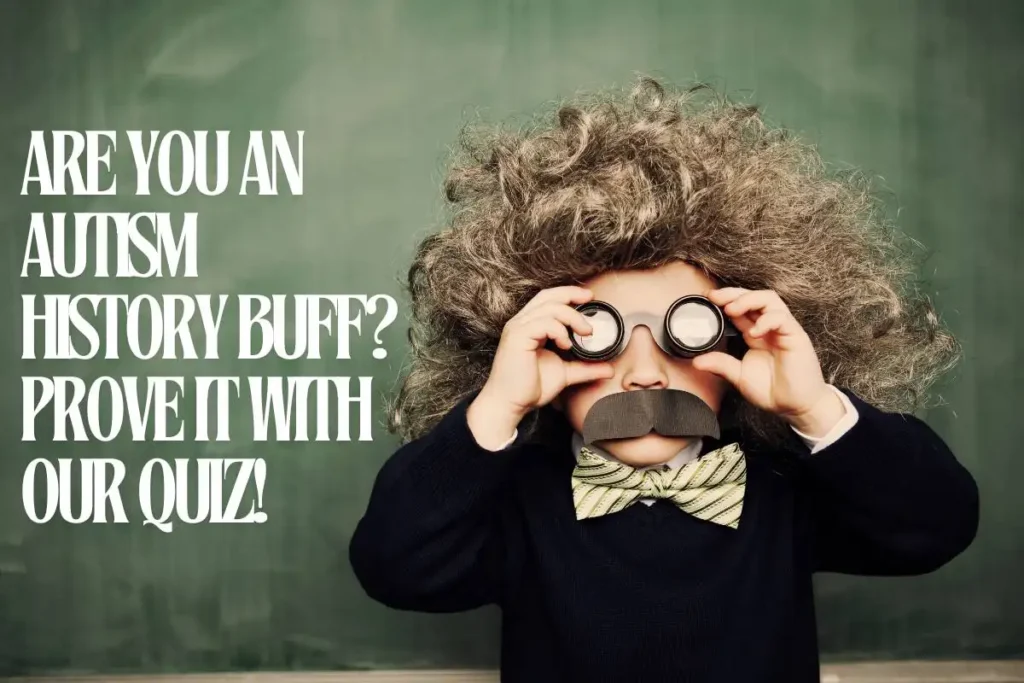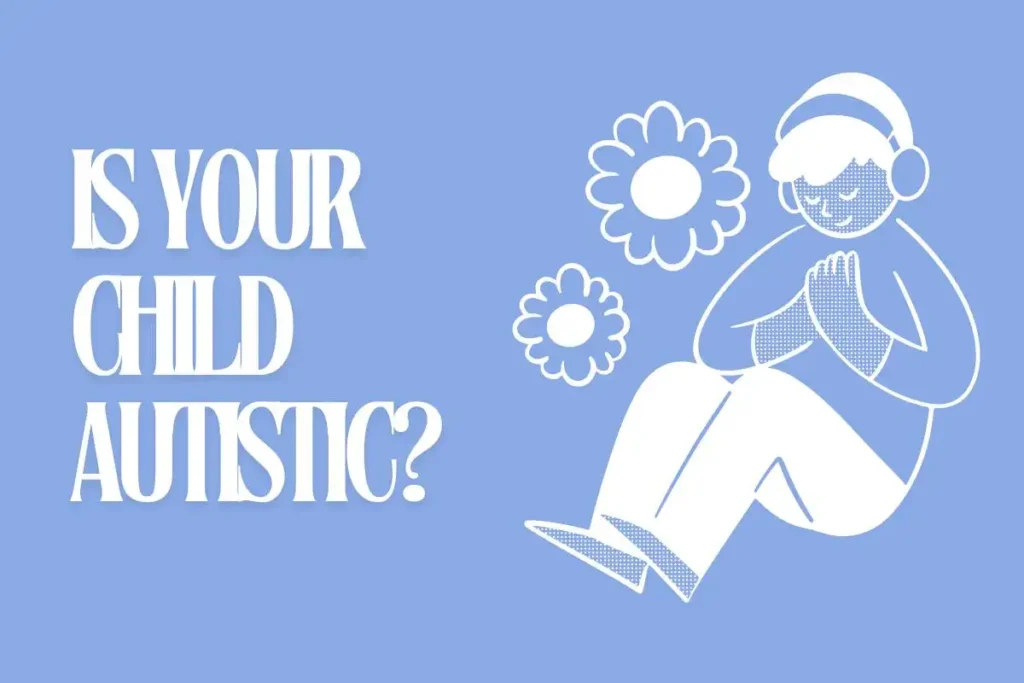Welcome to The Ultimate Autism History Quiz”! This engaging and informative quiz is designed to test your knowledge of the key events, figures, and breakthroughs in the history of autism. Whether you are a seasoned expert, an enthusiastic learner, or someone new to the topic, this quiz offers an exciting journey through the pivotal moments that have shaped our understanding of autism.
Get ready to challenge yourself, learn fascinating facts, and deepen your appreciation of the milestones in autism history. Let’s dive in and see how much you know about this rich and complex field!
Who first described autism in the scientific literature in 1943?
Leo Kanner, an Austrian-American psychiatrist, published a paper in 1943 describing 11 children with distinct behavioral characteristics, which he termed "early infantile autism.
In what year did Hans Asperger publish his work on "autistic psychopathy" in children?
Hans Asperger, an Austrian pediatrician, published his research on "autistic psychopathy" in children in 1944, describing a group of children with autism-like behaviors but who also had strong verbal skills.
Which organization, founded in 1965, played a crucial role in the advocacy and support for autism research and families?
The Autism Society of America was founded in 1965 by Bernard Rimland and Ruth Sullivan, among others, to advocate for individuals with autism and their families.
What was the significant contribution of Bernard Rimland in the field of autism?
Bernard Rimland, a psychologist and parent of a child with autism, challenged the prevailing "refrigerator mother" theory, which blamed cold and unaffectionate mothers for causing autism.
When was the term "autism spectrum disorder" (ASD) officially included in the Diagnostic and Statistical Manual of Mental Disorders (DSM)?
The term "autism spectrum disorder" was included in the DSM-5, published in 2013, which combined several previous diagnoses, including Asperger syndrome and PDD-NOS, into a single category.
Which book by Temple Grandin, an autistic professor and animal science expert, helped raise public awareness about autism?
Temple Grandin's book "Thinking in Pictures," published in 1995, provides insight into her life with autism and her unique way of thinking, which has raised significant awareness about the condition.
Which landmark U.S. law, enacted in 1975, ensured that children with disabilities, including autism, have the right to a free appropriate public education?
The Individuals with Disabilities Education Act (IDEA), originally passed in 1975 as the Education for All Handicapped Children Act, guarantees free appropriate public education to children with disabilities.
Which advocacy organization, founded in 2005, is known for its slogan "Light It Up Blue" for World Autism Awareness Day?
Autism Speaks, founded in 2005, is known for its advocacy and awareness campaigns, including "Light It Up Blue" for World Autism Awareness Day on April 2.
In what year was World Autism Awareness Day declared by the United Nations?
The United Nations General Assembly declared April 2 as World Autism Awareness Day in 2007 to raise awareness about autism globally.
Who was the first person to identify the early behavioral signs of autism in very young children, contributing significantly to early diagnosis?
Lorna Wing, a British psychiatrist, played a crucial role in identifying early behavioral signs of autism and promoting early diagnosis. She also popularized the term "Asperger syndrome.
Share your Results:






